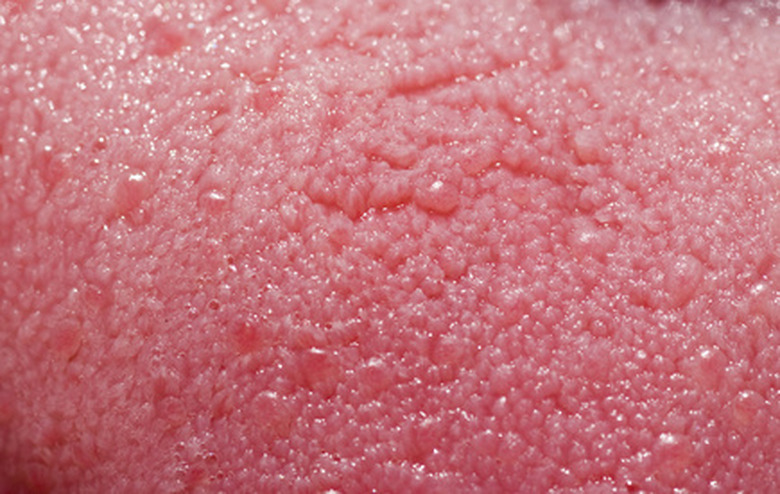Types Of Bacteria On The Tongue
Bacteria are a large group of microorganisms that are found in various habitats. Oral bacteria are those that exist in the mouth of living animals, including humans. They can be predators, mutalists and pathogens, depending on the type of relationship formed with other organisms. Pathogenic tongue bacteria cause numerous oral infections, including bad breath, gum disease, plaque and tooth deterioration. They are treated by antibiotics, consistent oral hygiene practices, including regular flossing and brushing, and gargling with antiseptic mouthwash.
Veillonella
Veillonella
The genus Veillonella, which belongs to the Veillonellaceae family of bacteria, is made up of a large group of tongue-dwelling species, including Veillonella atypical, Veillonella dispar and Veillonella parvula. They are anaerobic, round-shaped bacteria that metabolizes lactic acid produced by other oral bacteria, which then acts on dental caries and plaque. Veillonella parvula are considered beneficial organisms. According to Rosenthal and Pfaller's "Medical Microbiology," the genus is named after A. Veillon, a French bacteriologist who first isolated the species.
Treponema Denticola
Treponema Denticola
Treponema denticola is a human pathogenic bacterium that belongs to the Spirochetes family of bacteria. It is anaerobic, helical, slender, motile and flexible. The bacterium moves by flagella, which are structures that cause a motive force by thrusting. Treponema denticola is a common inhabitant of the human oral cavity and is abundantly found in dental plaque and over the surface of the tongue. Its accumulation causes periodontal disease, which inflame the tissues of the gums, limit nutrient absorption by the bones and eventually leads to tooth loss. Treponema denticola is known to cause halitosis, or bad breath. Halitosis is caused by the accumulation of the by-products of bacterial metabolism and dying bacteria. These by-products include mucins and peptides, fermented proteins, oral crevicular fluid and residual food. Additionally, Treponema denticola secrete malodorous compounds in the oral cavity, including methyl mercaptan, volatile sulphur compounds and dimethyl sulphate.
Fusobacterium Nucleatum
Fusobacterium Nucleatum
Fusobacterium nucleatum is found in the human mouth, typically on the tongue, and causes periodontal disease. It is anaerobic, rod-shaped and nonsporeforming. Fusobacterium nucleatum has five subspecies: Fusobacterium animalis, Fusobacterium fusiforme, Fusobacterium vincentii, Fusobacterium nucleatum and Fusobacterium polymorphum. According to Samaranayake's "Essential Microbiology for Dentistry," Fusobacterium nucleatum causes Vincent's angina, cancrum oris and acute ulcerative gingivitis. It can be effectively managed by antiseptic mouthwashes and good oral hygiene.
References
- Medical Microbiology; Patrick R. Murray, Ken S. Rosenthal, Michael A. Pfaller; 2009
- Essential Microbiology for Dentistry; Lakshman P. Samaranayake; 2002
- Western Journal of Medicine: Oral Bacterial Infections
Cite This Article
MLA
, Natasha Gilani. "Types Of Bacteria On The Tongue" sciencing.com, https://www.sciencing.com/types-bacteria-tongue-6366737/. 24 April 2017.
APA
, Natasha Gilani. (2017, April 24). Types Of Bacteria On The Tongue. sciencing.com. Retrieved from https://www.sciencing.com/types-bacteria-tongue-6366737/
Chicago
, Natasha Gilani. Types Of Bacteria On The Tongue last modified March 24, 2022. https://www.sciencing.com/types-bacteria-tongue-6366737/
